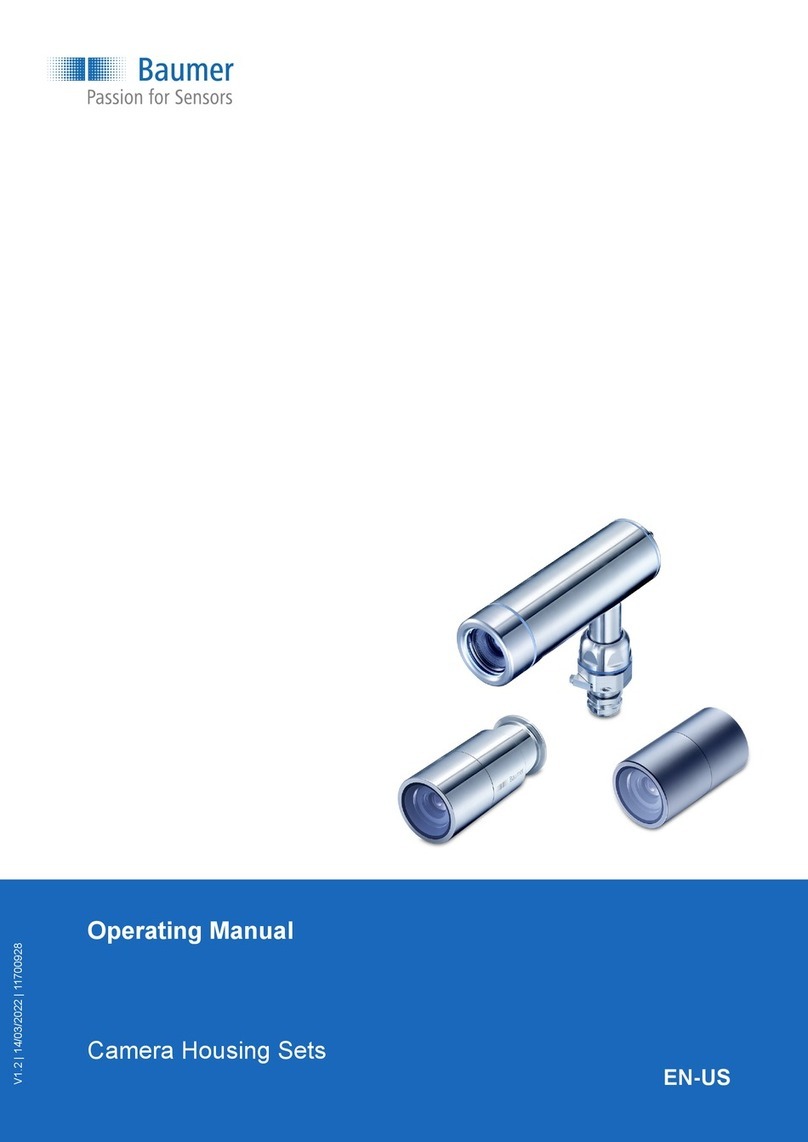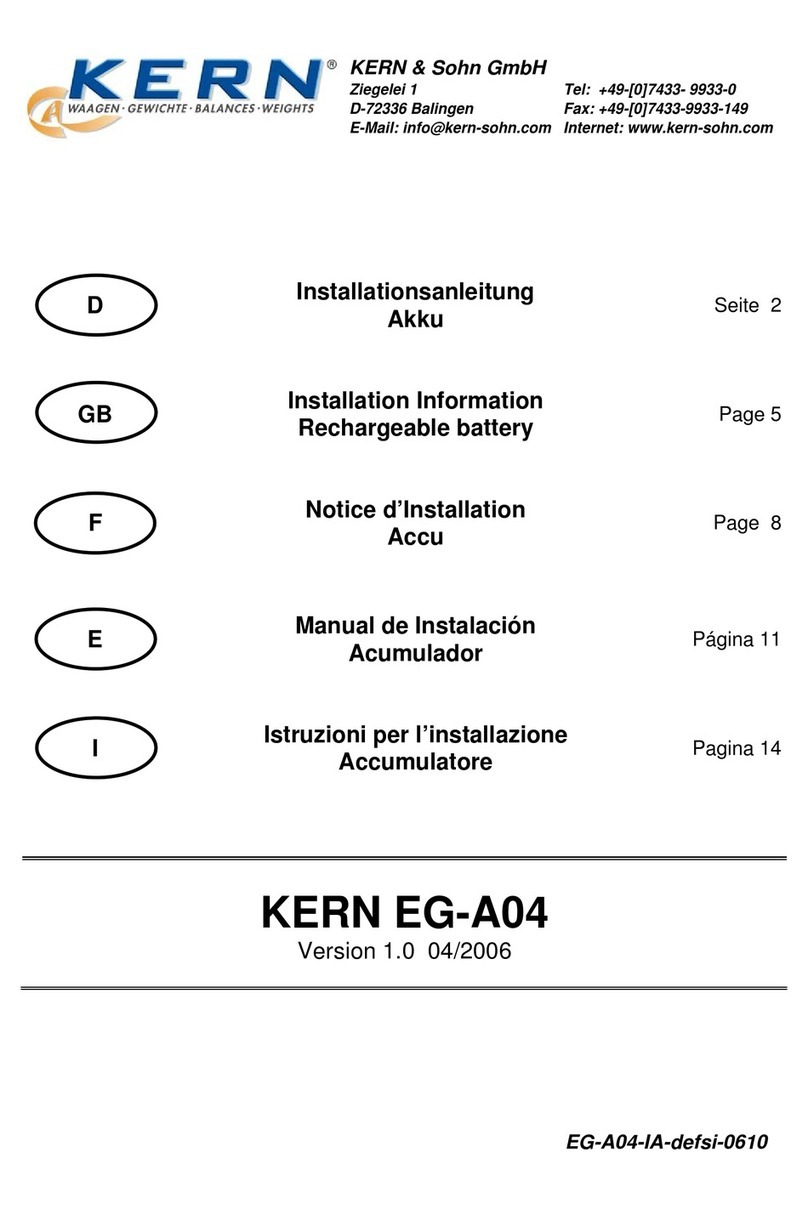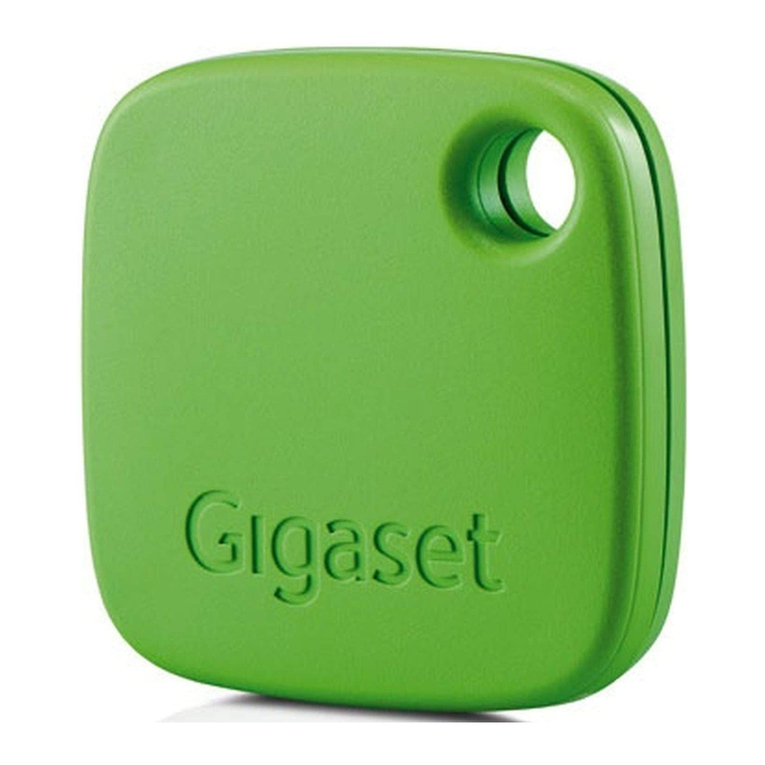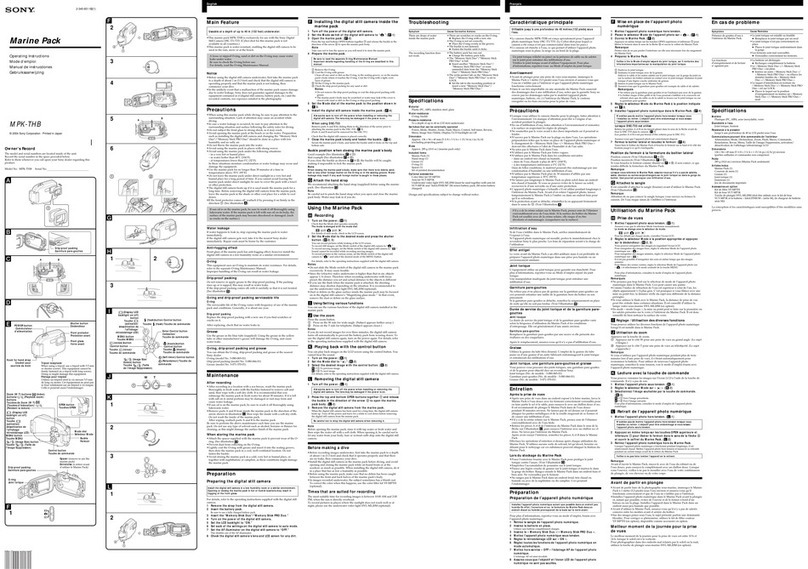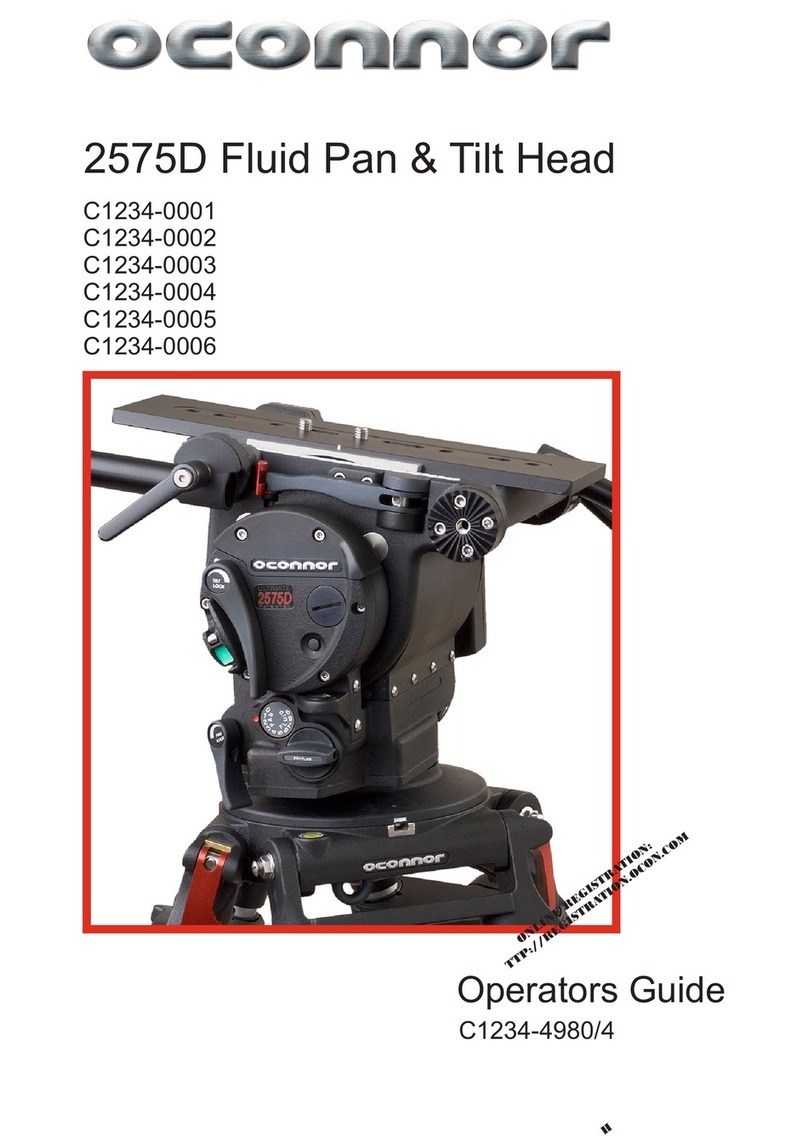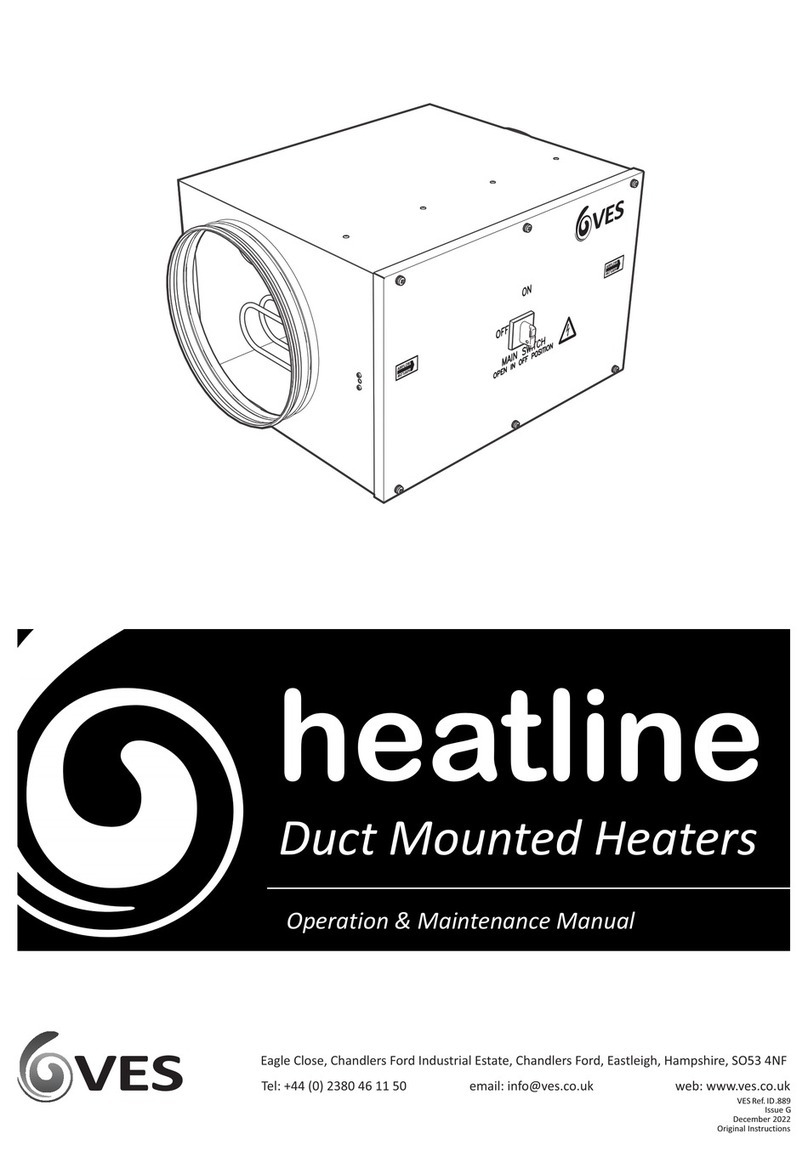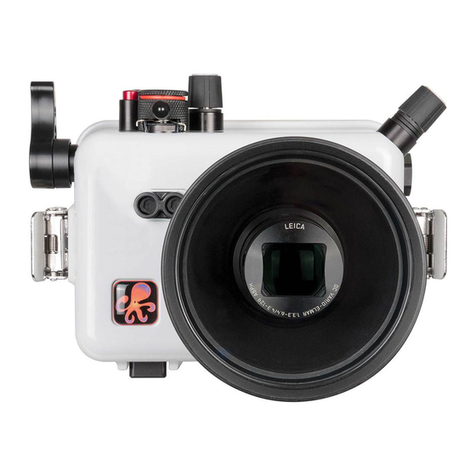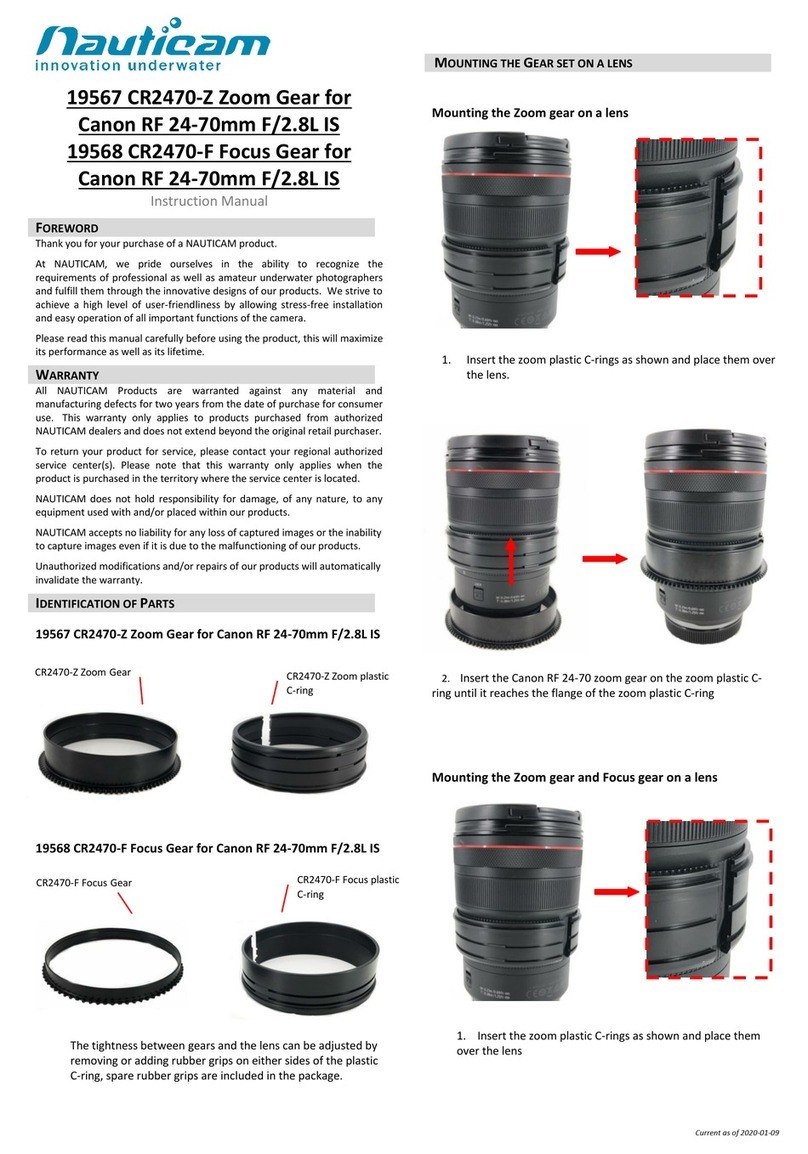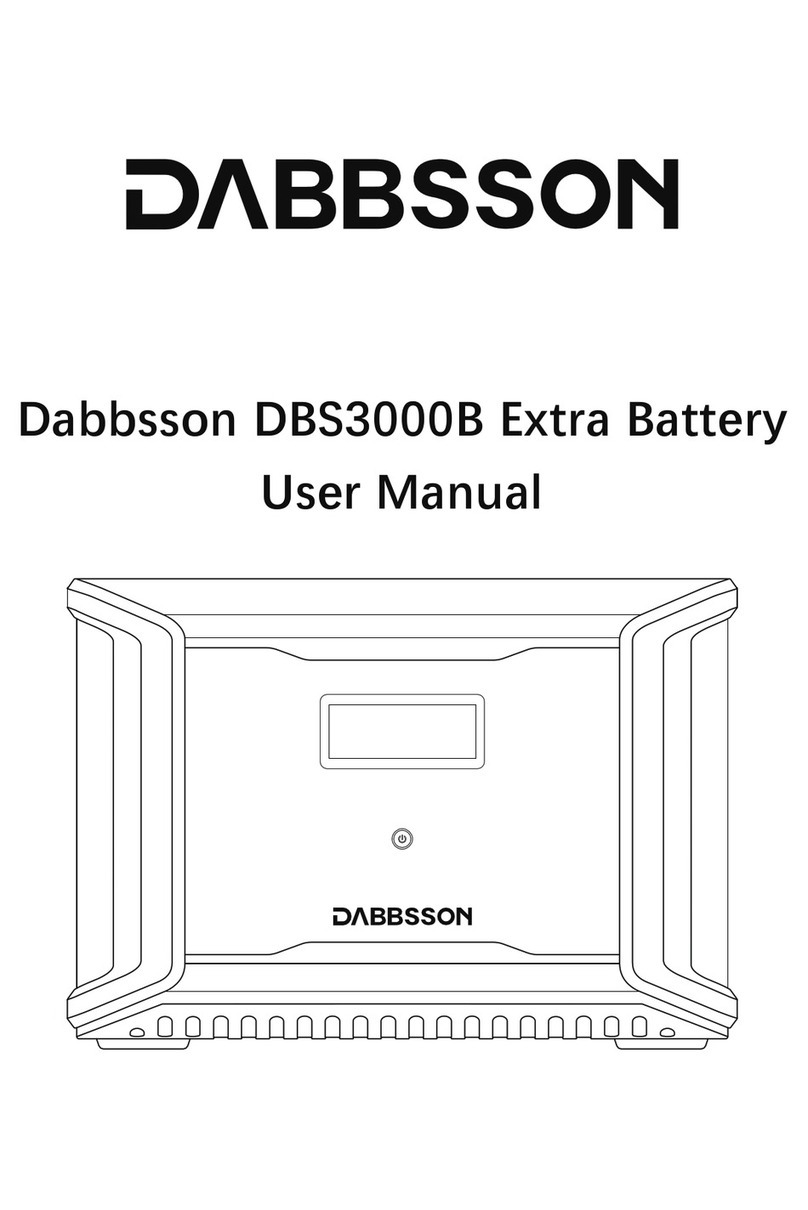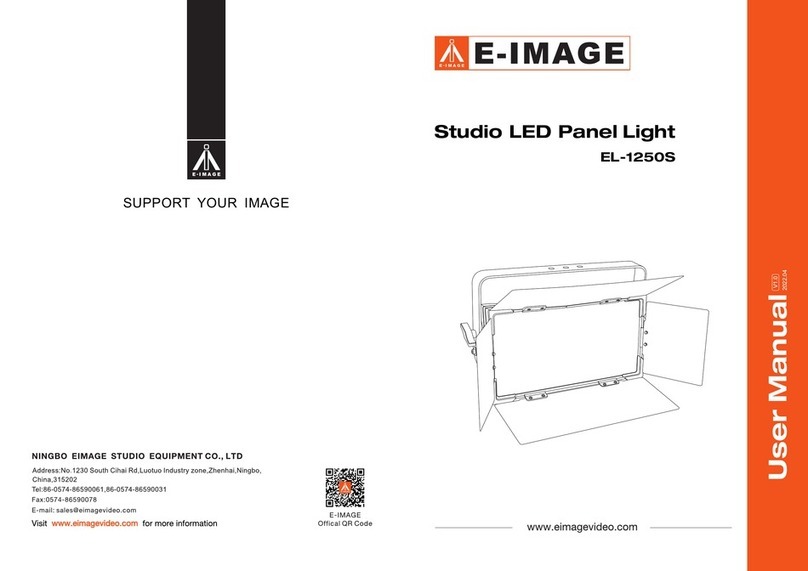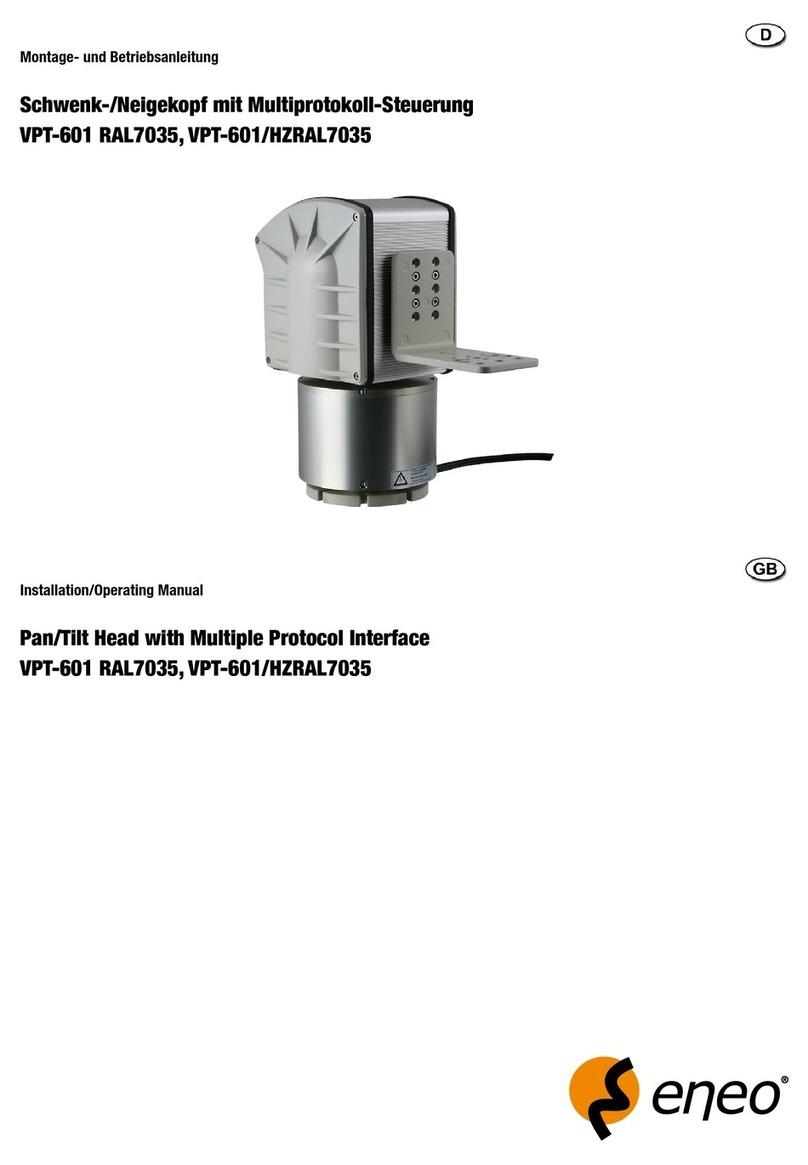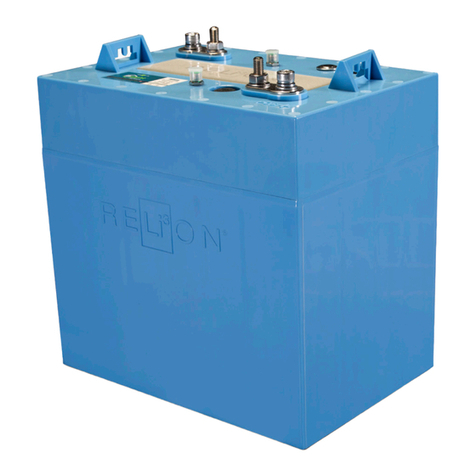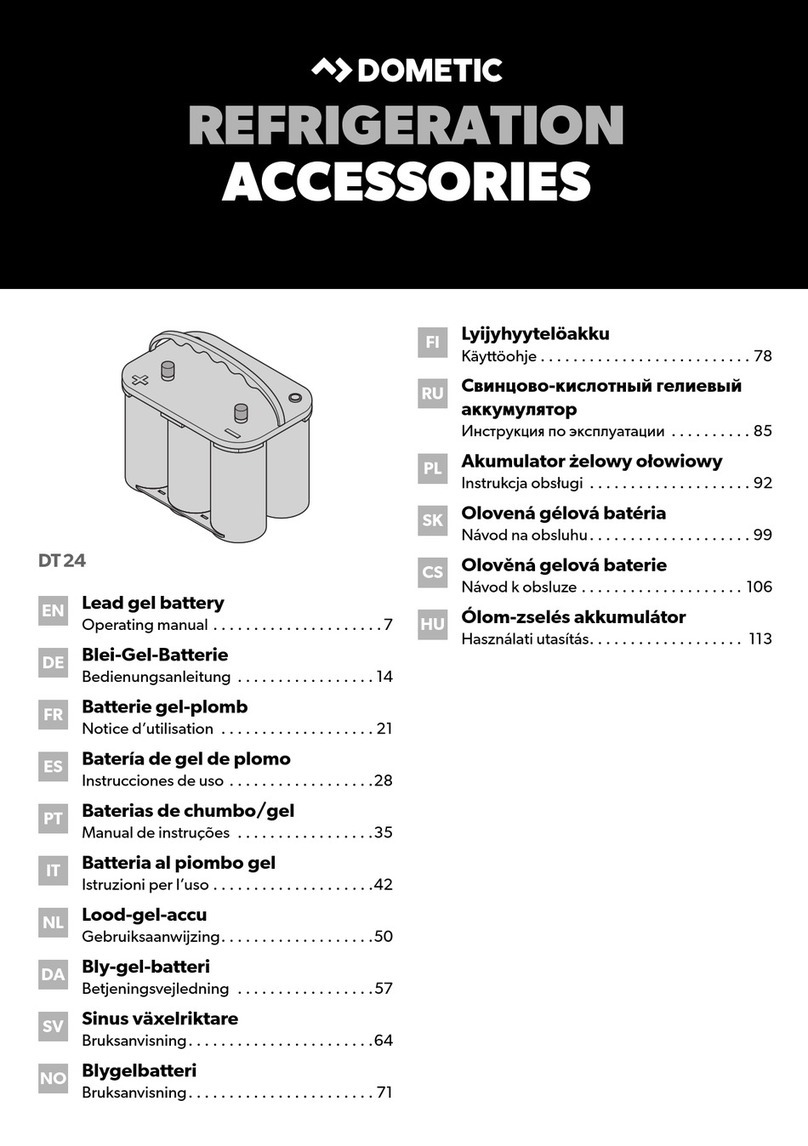AED 5070-ABE User manual

5070-ABE Battery
For use with Philips™HeartStart™
Models: OnSite/Home (M5066A, M5068A)
FRx (861304)
Operation Manual
Revision 3.5

Product model
The 5070-ABE is indicated for use with the Philips™ HeartStart™ OnSite/Home, models M5066A, M5068A,
and the FRx, model 861304.
Please see the Philips™ HeartStart™ OnSite/Home, models M5066A, M5068A, and the FRx, model 861304
Owner’s Manual for complete information on AED use.
Indications for use
The automated external defibrillator (AED) battery supplies power to an AED as required during self
maintenance, automated diagnoses, and defibrillation. The 5070-ABE is indicated for use with the Philips™
HeartStart™ OnSite/Home, models M5066A, M5068A, and the FRx, model 861304.
Contraindications
Automated external defibrillators should not be used when a patient is conscious or breathing normally.
Battery specifications
Battery Type: 9VDC, 4.2Ah, lithium manganese dioxide, primary cells.
Lithium Content: approximately 5.04 g.
Capacity: When new a minimum of 200 shocks or 4 hours of operating time at 25°C (77°F). Actual battery
operating life depends on device settings, usage, and environmental factors.
Charge Time: A new battery typically takes 8 seconds to charge the AED to maximum energy. Batteries
with reduced capacity will require additional time to charge the AED.
Shelf Life (prior to insertion): A minimum of 5 years from date of refurbishing when stored from 20° to 30°C (68°
to 86°F), 10% to 75% RH (non-condensing).
Standby Life (after insertion/between use): 4 years when operated from 20° to 30°C (68° to 86°F), 10% to 75%
RH (non-condensing).
Operating Conditions: 0°C to 50°C (32° to 122°F), 0% to 95% RH (non-condensing).
Safety Standards: IEC 60601-1, IEC 60601-1-2, IEC 60601-2-4
Enclosure Protection: IP55 when housed in AED.
Transportation: UN38.3 tested: T1 –Altitude, T2 –Thermal, T3 –Vibration, T4 –Shock, T5 –External Short

Important Warnings and Reminders!!
The following prescription symbol and statement only apply to the Philips™
HeartyStart™ FRx AED (361304) and the Philips™ HeartStart™ OnSite/Home AED
(M5066A, M5068A) when used on infants/children under 55 lbs (25kg) or 8 years of age,
with the infant/child SMART pads.
Caution: Federal law restricts this device to sale by or on the order of a physician or practitioner
licensed by law of the state in which he/she practices to use the device.
Battery is not rechargeable. Do not attempt to recharge.
Do not expose battery to high heat or open flames. Do not incinerate battery.
Waste Electronic Electrical Equipment (WEEE). Separate collection for waste electrical and electronic equipment.
This alert identifies hazards that may cause personal injury, product damage, or property damage.
Pressurized contents: Do not short circuit, puncture, deform, or expose to temperatures above 65°C (149°F).
Not tested for airborne applications
Inspect battery contacts on insertion into AED and annually. Clean contacts with gold contact cleaner if any sign
of oxidation or corrosion is present.
Always keep a spare battery on hand in addition to the battery currently in operation.
Use one of these solutions to clean the plastic housing of the battery: soapy water, denatured ethanol,
or 91% isopropyl alcohol.
If the AED indicates that the battery is low and needs to be replaced please recycle or dispose of the
lithium battery in accordance with all federal, country, state, and local laws. Help our environment,
recycle, and send your depleted batteries to AED Battery Exchange:
AED Battery Exchange
1000 Brown Street, Ste 206
Wauconda, IL 600487


To replace the battery:
1. Make sure you have a pads cartridge installed in the defibrillator.
2. Locate the battery compartment on the back of the defibrillator.
3. Press the tab attached to the top of the battery to release the catch. Remove the battery.
4. Slide a new battery into place. Check to see that its latch is holding it in place.
5. A battery insertion self-test will automatically run. It is important to press the SHOCK button when
instructed, to ensure that the defibrillator will be ready for use. When it is done, make sure the green
READY light is blinking. Your HeartStart™OnSite Defibrillator is ready for use.
As long as the green READY light is blinking, it is NOT necessary to test the defibrillator. The self-
test uses battery power, and running the battery insertion self-test more often than necessary will
drain the battery prematurely.
Troubleshooting
If the AED begins to chirp with a flashing “i” button, it is NOT necessarily an indication that the battery is low.
Press the “i” button for the AED to identify why the device is chirping. The pads are not tested on battery
installation so often times if the AED begins to chirp within a few weeks following the installation of a new battery
it is an indication that the pads need to be replaced.
AED Battery Exchange, LLC
1000 Brown Street, Suite #206
Wauconda, IL 60084
Table of contents

